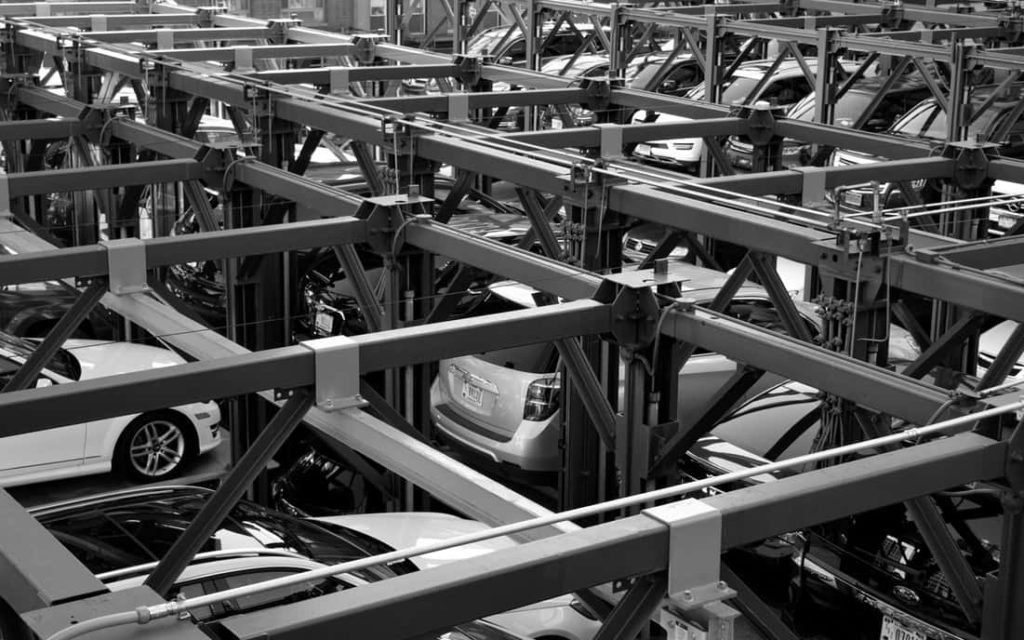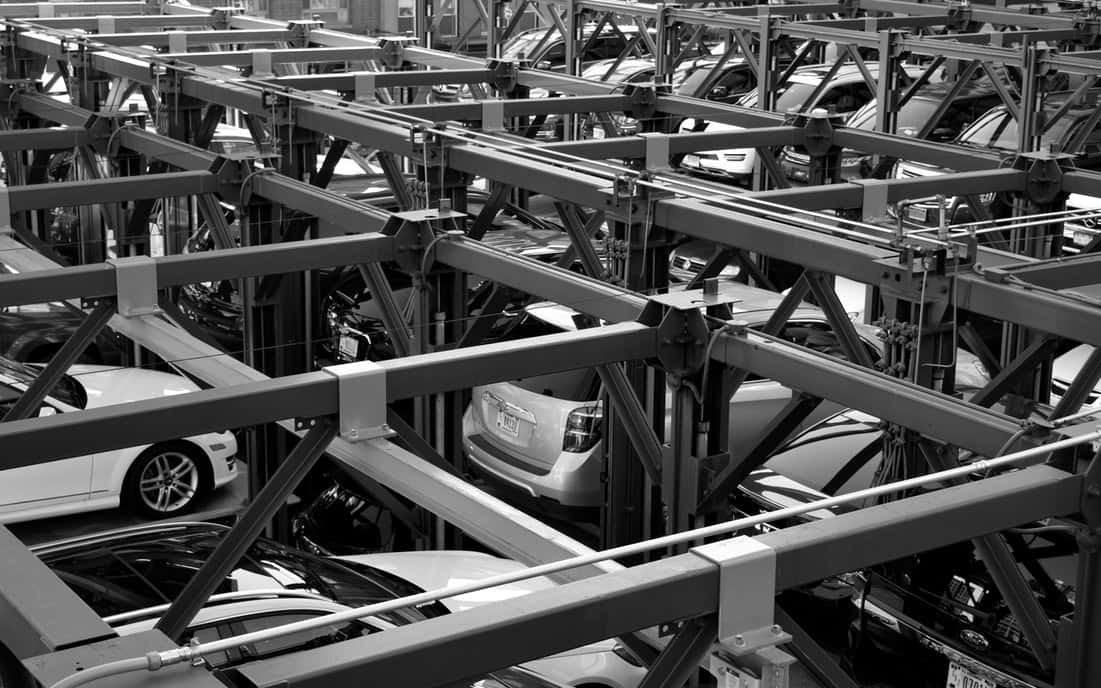How Can Multi-Level Parking Problems Be Solved?
Multi-level car parks were introduced to reduce the pressure on existing parking spaces in urban areas. An efficient parking system, it allows for multiple parking bays on each floor, thus accommodating more vehicles on the same piece of real estate. In recent times, several problems with such parking spaces have surfaced. Considered unsafe, unsanitary and chaotic, many spaces that have sprung up in the past lie unused today. Despite huge investments running into several crores of rupees, multi-level parking spaces continue to find no takers. Let’s find out how multi-level parking problems can be solved.

Multi-level Parking Problems:
-
Poor Planning
Often, multi-level spaces are constructed close to surface parking lots. It isn’t hard to imagine why motorists would want to avoid the hassle of driving inside the complex in such a case. Especially if the area happens to be one with small shops selling grocery and related items, people remain averse to paying for parking, preferring to park illegally on the roadside.
-
Long Wait Times
Long queues outside multi-level parking lots, resulting from poor management, lead to frustration. In Sarojini Nagar in Delhi, motorists report having to wait for as long as 30 minutes in a queue, forced to park in the complex after the National Green Tribunal (NGT)’s an order banning parking on the road. NDMC (which manages the lot) employees are absent from the scene, the chaos growing uglier on the weekends. Naturally, this has left shopkeepers worried as they fear the long queues will discourage shoppers from visiting the popular market area.
-
Bad Design
After parking, motorists aren’t very happy at the prospect of walking to reach their destination. Badly designed parking lots that fail to make the customer’s life easier are not an uncommon sight in India. In some places, city administrations have started electric rickshaws to ferry residents but this hasn’t helped either. In the Sarojini Nagar parking lot, parking is a time-consuming process with automatic lifts taking up to 10 minutes to park each car!
-
Poor Management
Despite the huge investment in their construction, multi-level parking lots in India remain poorly managed. Part of this can be blamed on a shortage of staff. A lack of proper implementation of security and operational guidelines makes the problem worse. Many lots also suffer from technical issues, with the receipt generator machines lying dysfunctional and authorities remaining negligent of the problem.
-
Poor Sanitation
In the absence of proper toilets, multi-level parking lots become breeding grounds for filth (especially when they lie unused), openly being used for defecation. The stink detracts motorists from parking in the space, turning the situation into a vicious circle as the lot lies vacant. Littered with plastic waste and dust, such spaces remain unused in major metros such as Delhi, Chandigarh, Mumbai.
-
Safety Issues
At a lot of multi-level parking lots, lifts don’t work and not enough security guards employed to man the area. With electricity also missing from a lot of places, it gets difficult to locate vehicles in the dark or in a dimly lit spot. Naturally, this makes motorists feel unsafe. This problem is especially bad for women, escalated by the fact that such spaces lie deserted. With no lighting and anti-social elements hanging around the entrances, safety becomes a significant concern. Who would want to risk their lives in the search of a parking spot?
Solving Multi-level Parking Problems with Technology
Clearly, multi-level parking lots in India suffer from major problems today. Even when city administrations hike rates for nearby surface parking lots, people refuse to switch to the multi-level facility. This means the problem runs deeper than simple pricing. Smart parking solutions can greatly reduce the troubles ailing multi-level parking, resulting in better management and improved planning. As this reduces wait times and increases occupancy, safety and sanitation issues will automatically be solved.
Unless parking owners can convince users to opt for multi-level lots through upgraded tech and saved time, they will continue to languish in oblivion. What’s more, until customers start using the existing facilities, building new ones won’t make sense. Business owners and city administrations should thus look to technology to save multi-level parking from biting the dust.

